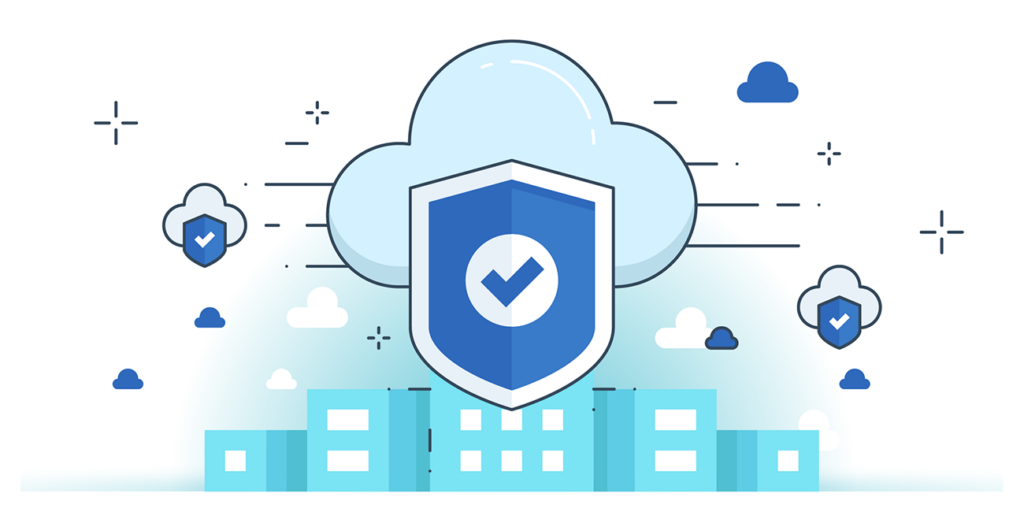Cloud security and virtualization are two critical components of modern information technology. The cloud has become an essential tool for organisations to store, process and access data, while virtualization has revolutionized the way that IT infrastructure is managed and deployed.
Cloud security refers to the measures taken to protect data, applications, and services in the cloud. The cloud is a network of servers and databases, often located in remote data centres, and accessed over the internet. As such, cloud security requires a unique set of challenges and solutions.
Components of cloud security
- One of the most critical components of cloud security is identity and access management. Identity and access management (IAM) involves controlling access to cloud resources, ensuring that only authorised users can access sensitive data or applications. Cloud providers often offer IAM solutions that allow organisations to manage user access, authentication, and authorisation across the cloud environment.
- Encryption is another critical component. Encryption involves converting data into an unreadable format, which can only be accessed with a decryption key. Encryption can protect data both in transit and at rest, and is often used to protect sensitive data in the cloud.
Virtualization involves running multiple virtual machines on a single physical server. Virtualization has many benefits, including improved resource utilisation, scalability, and flexibility. However, virtualization also presents unique security challenges. One of the most significant security risks associated with virtualization is the potential for a guest virtual machine to compromise the host machine. To prevent this, virtualization platforms often include features such as hypervisor security and network isolation.
Network isolation involves isolating virtual machines from each other, to prevent them from communicating directly. Hypervisor security involves ensuring that the hypervisor, which manages the virtual machines, is secure and cannot be compromised.
In conclusion, cloud security and virtualization are two essential components of modern information technology. The cloud offers many benefits, but also presents unique security challenges that must be addressed through identity and access management, encryption, and other security measures. Virtualization also presents unique security challenges that must be addressed through network isolation, hypervisor security, and other measures. By implementing these security measures, organisations can enjoy the benefits of cloud and virtualization while protecting their data and operations from cyber threats.
